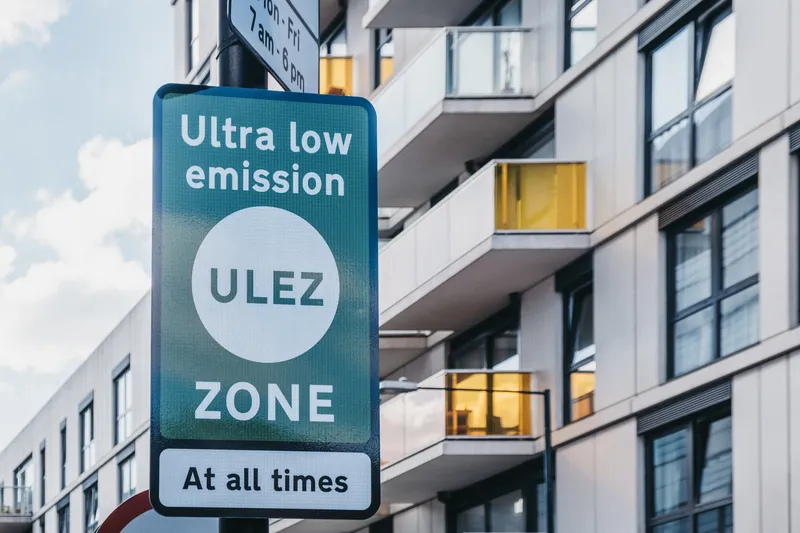Dozens of locations across the UK capital are set to be transformed in a US$6.7 billion programme as part of the largest investment in the capital’s road and street network in a generation. In response to the recommendations of the Mayor’s Roads Task Force, a total of 50 projects are now underway.
Alongside the transformation of 33 of London’s biggest and nastiest road junctions announced last week as part of the Mayor’s cycling programme, there will also be more than US$334 million of additional far-re
March 4, 2014
Read time: 2 mins
Dozens of locations across the UK capital are set to be transformed in a US$6.7 billion programme as part of the largest investment in the capital’s road and street network in a generation. In response to the recommendations of the Mayor’s Roads Task Force, a total of 50 projects are now underway.
Alongside the transformation of 33 of London’s biggest and nastiest road junctions announced last week as part of the Mayor’s cycling programme, there will also be more than US$334 million of additional far-reaching improvements at 17 major locations across the capital. Funding for these schemes would be covered by the1466 Transport for London (TfL) Business Plan and through third party contributions.
One of the other key schemes to benefit is one of London’s biggest regeneration projects - the redevelopment of the northern roundabout at Elephant and Castle. The radical plans, which will create 5,000 new homes and 4,000 jobs, will vastly improve the facilities for road users and local residents. Dedicated cycling facilities will also be created, with public consultation starting later this month and work beginning early next year.
The IMAX roundabout at Waterloo will also be redeveloped, creating better interchange facilities at Waterloo station as well as improved facilities for cyclists.
Today also marks the completion of a major project to transform Euston Circus, one of London’s biggest and busiest road junctions, unveiled today by TfL, Camden Council and developer, British Land. The overhaul, which will make the junction safer for cyclists and pedestrians as well as significantly increase space for urban realm, is the first major project in the capital to be delivered using the recommendations set out by the Mayor’s Roads Task Force.
Alongside the transformation of 33 of London’s biggest and nastiest road junctions announced last week as part of the Mayor’s cycling programme, there will also be more than US$334 million of additional far-reaching improvements at 17 major locations across the capital. Funding for these schemes would be covered by the
One of the other key schemes to benefit is one of London’s biggest regeneration projects - the redevelopment of the northern roundabout at Elephant and Castle. The radical plans, which will create 5,000 new homes and 4,000 jobs, will vastly improve the facilities for road users and local residents. Dedicated cycling facilities will also be created, with public consultation starting later this month and work beginning early next year.
The IMAX roundabout at Waterloo will also be redeveloped, creating better interchange facilities at Waterloo station as well as improved facilities for cyclists.
Today also marks the completion of a major project to transform Euston Circus, one of London’s biggest and busiest road junctions, unveiled today by TfL, Camden Council and developer, British Land. The overhaul, which will make the junction safer for cyclists and pedestrians as well as significantly increase space for urban realm, is the first major project in the capital to be delivered using the recommendations set out by the Mayor’s Roads Task Force.







